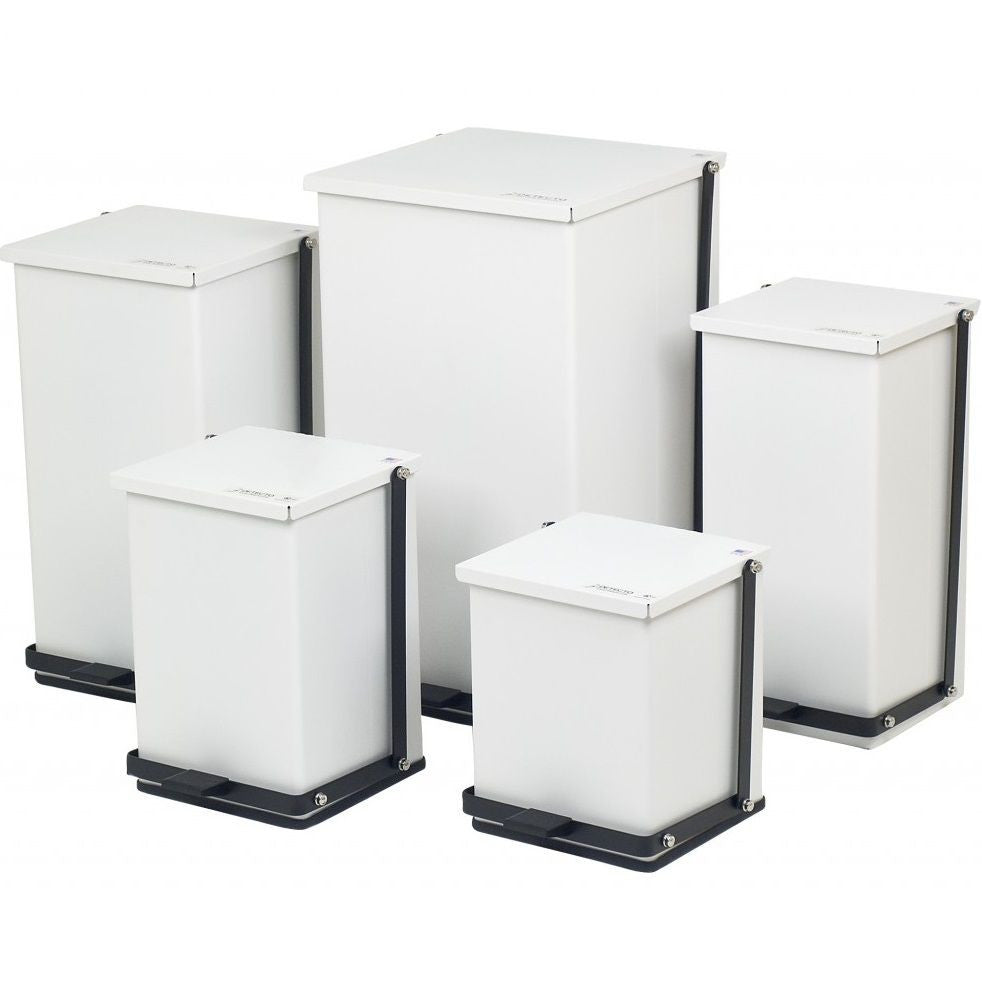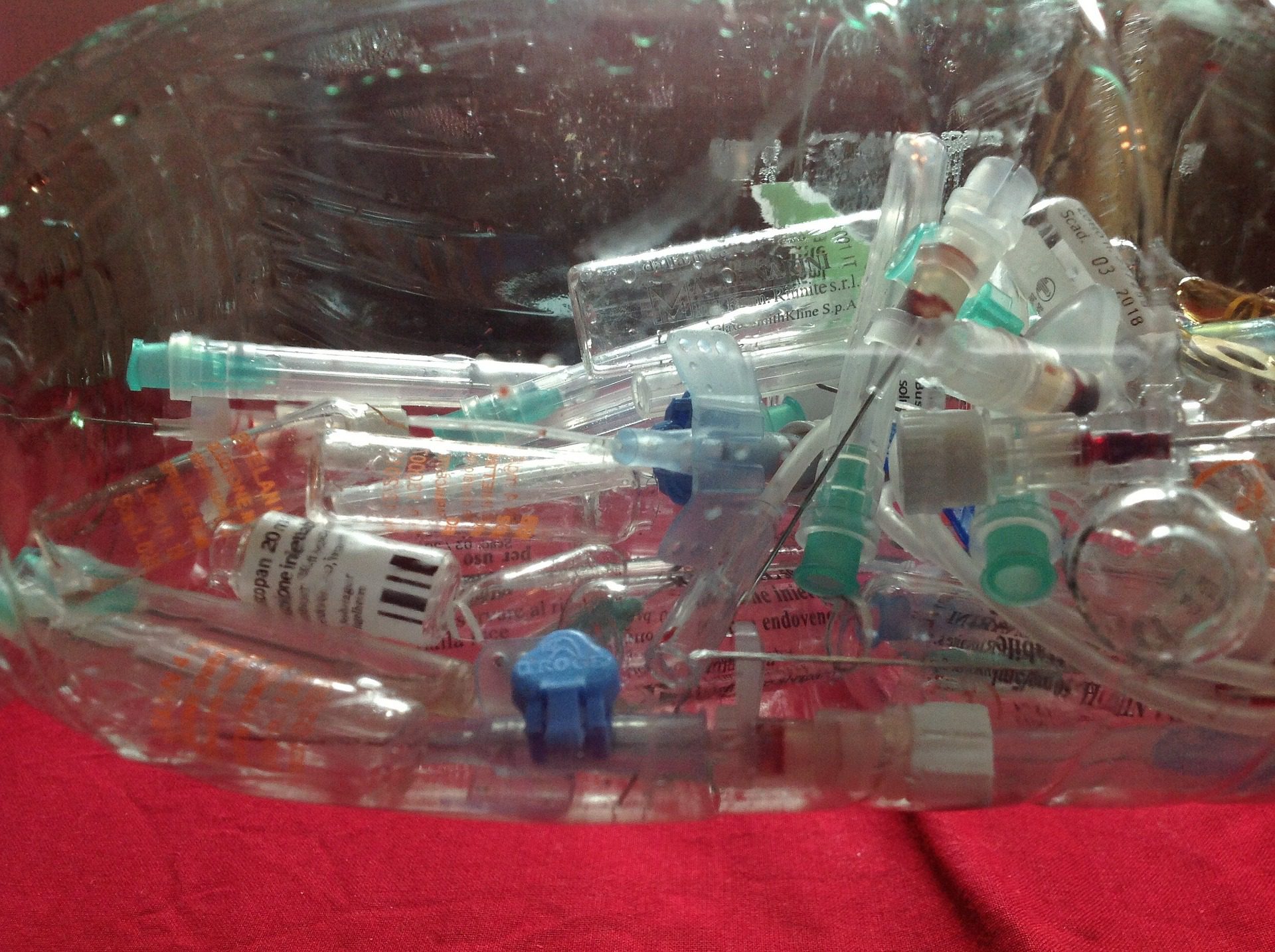Stay Ahead of Laws: Professional Recommendations on Medical Waste Disposal
In a globe where the health care sector is continuously progressing, it is essential for medical facilities to remain in advance of policies when it comes to the proper disposal of clinical waste. From comprehending the different categories of clinical waste to executing the right collection and partition methods, this discussion will certainly offer valuable understandings and actionable tips to help centers remain ahead of laws in the ever-changing landscape of medical waste disposal.
Recognizing Medical Waste Categories
Recognizing clinical waste classifications is important for correct disposal and administration in medical care facilities. Medical waste describes any waste produced by healthcare activities that may posture a risk to public wellness or the environment. It is vital to categorize medical waste properly to ensure its risk-free handling, disposal, transportation, and therapy.
There are a number of groups of clinical waste that healthcare centers require to be knowledgeable about. The most typical categories include transmittable waste, pathological waste, sharps waste, pharmaceutical waste, and chemical waste. Each category has specific guidelines and regulations for its correct administration and disposal.
Contagious waste consists of materials polluted with blood or other bodily liquids, such as gloves, dress, and research laboratory cultures. Pathological waste refers to human tissues, organs, or body components that need unique handling and disposal. Sharps waste consists of made use of needles, syringes, and various other sharp things that can create injury and send infections. Drug waste makes up expired, unused, or contaminated drugs that need mindful handling and disposal. Chemical waste includes solvents, anti-bacterials, and other chemical compounds made use of in medical care facilities.
Staying Up-To-Date With Regulatory Changes
Remaining existing with regulatory modifications is essential for medical care facilities to make certain conformity and correct management of clinical waste disposal. medical waste removal service. With guidelines frequently advancing, it is necessary for medical care centers to remain updated to prevent penalties, penalties, and prospective damage to the setting and public health
To remain in advance of regulatory changes, healthcare facilities must develop a system for tracking and monitoring updates. This can be done by signing up for governing newsletters, attending workshops and meetings, and actively taking part in market associations. Additionally, centers need to designate an employee or group in charge of remaining educated and sharing details to appropriate stakeholders.
Normal interaction with governing agencies is likewise crucial. Healthcare centers ought to develop relationships with neighborhood, state, and government companies to ensure they recognize any type of adjustments in policies that may affect their waste monitoring practices. This can be done through routine meetings, involvement in public remark periods, and proactive interaction with regulatory firms.
Moreover, healthcare facilities must think about partnering with waste management firms that focus on clinical waste disposal (medical waste disposal services with WasteX). These firms are commonly skilled in the current laws and can give guidance and support to make certain conformity
Implementing Proper Collection and Segregation Approaches
To effectively handle medical waste disposal, medical care centers should establish correct collection and segregation approaches based on regulatory guidelines. Executing these techniques makes certain the safe handling and disposal of possibly unsafe products, secures the setting, and minimizes the threat of injuries and infections to healthcare workers and the general public.
Appropriate collection and segregation techniques involve making use of marked containers and classifying systems. Medical care centers should give plainly identified containers for different types of clinical waste, such as sharps, contagious waste, pharmaceutical waste, and non-hazardous waste. These his response containers should be color-coded and clearly significant to stay clear of confusion and advertise very easy identification.
In addition, medical care centers ought to train their staff on the correct treatments for accumulating and setting apart medical waste. This consists of educating them on the various kinds of waste, the appropriate containers to use, and the relevance of adhering to laws and guidelines. Regular training sessions and refresher training courses must be carried out to guarantee that personnel continue to be current on finest methods.
Additionally, health care facilities should develop a system for routine collection and disposal of clinical waste. This may include partnering with accredited waste management business that specialize in medical garbage disposal. These business will certainly make sure that the gathered waste is moved and gotten rid of in conformity with governing requirements.
Selecting the Right Disposal Techniques

Incineration is just one of the most reliable and usual approaches for getting rid of specific sorts of clinical waste, such as pathological waste and sharps. It involves the controlled combustion of waste at heats, minimizing it to ash. Nonetheless, incineration can launch hazardous pollutants right into the air and add to air contamination.

Various other disposal approaches consist of chemical therapy, microwave treatment, and landfilling. Chemical treatment entails making use of chemicals to neutralize the waste and decontaminate. Microwave treatment uses microwave power to heat and decontaminate the waste. Landfilling involves hiding the waste in a designated landfill location (medical waste disposal services with WasteX). Landfilling ought to be the browse around these guys last resort due to the prospective threat of contamination to dirt and groundwater.
Ensuring Compliance Through Documentation and Training
After carefully considering the ideal disposal methods for clinical waste, medical care centers have to make certain conformity with guidelines and reduce ecological effect by executing reliable documents and training treatments. This step is critical in keeping a lasting and risk-free setting for both health care employees and the public.

Healthcare workers who handle medical waste should get proper training on waste segregation, managing, and disposal procedures. By offering extensive training, healthcare facilities can empower their team to make informed choices and reduce the threat of incorrect waste disposal.
Final Thought
To conclude, staying in advance of policies in medical garbage disposal is important for health care centers. medical waste removal service. Understanding the different groups of clinical waste, staying updated with governing modifications, implementing appropriate collection and segregation approaches, selecting the suitable disposal methods, and making certain conformity through documents and training are all crucial steps. By following these standards, health care companies can successfully take care of and dispose of medical waste in a secure and accountable way
From understanding the various classifications of clinical waste to carrying out the right collection and partition methods, this conversation will offer valuable understandings and actionable pointers to assist centers stay in advance of policies in the ever-changing landscape of clinical waste disposal. - medical waste disposal services with WasteX
The most usual categories include infectious waste, pathological waste, sharps waste, pharmaceutical waste, and chemical waste. Health care centers need to give plainly classified containers for various kinds of clinical waste, such as sharps, transmittable waste, pharmaceutical waste, and non-hazardous waste. Healthcare facilities should develop a thorough system to record and track all aspects of medical waste disposal, consisting of kinds of waste created, amounts, and disposal methods used. Healthcare workers that take care of clinical waste needs to obtain ideal training on waste partition, managing, and disposal treatments.